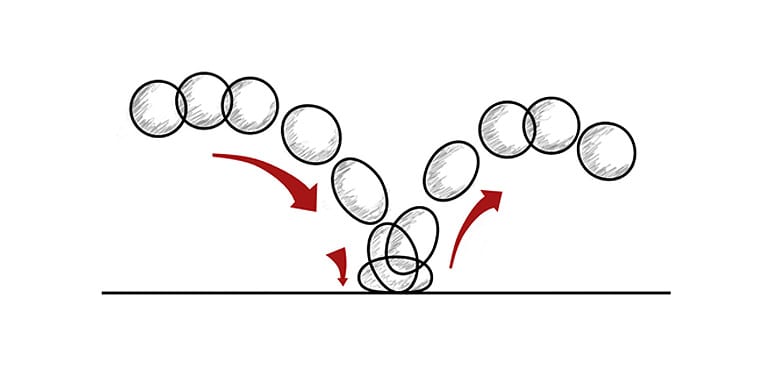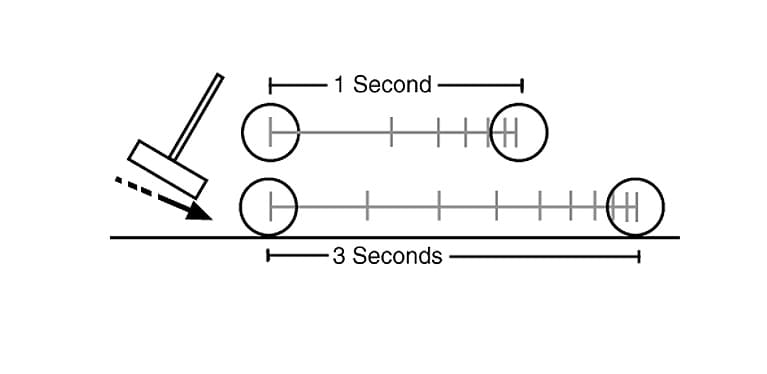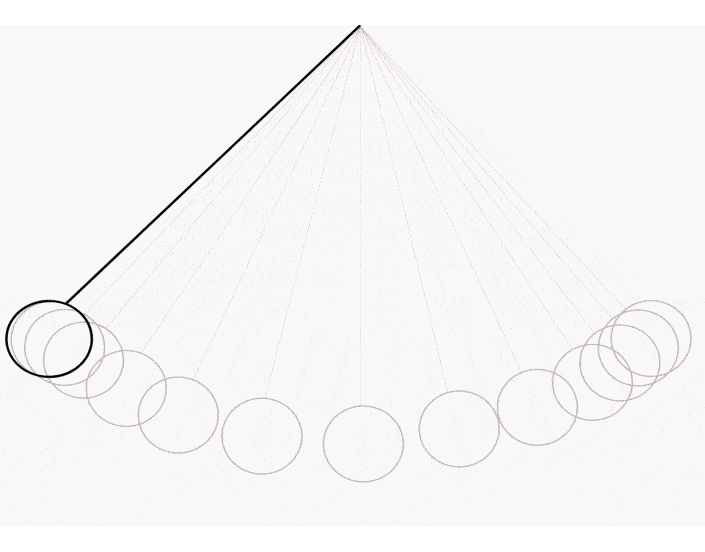Disney remains to be the most popular name in animation, and not without reasons. Disney animators Ollie Johnston and Frank Thomas (two of Disney’s Nine Old Men), in 1981, introduced animators to the 12 basic principles of animation in their book, The Illusion of Life: Disney Animation. Although animation has evolved much over the years, these twelve concepts will not be outdated, and continue to be taught in popular animation institutes around the world.
Let us look at the first six principles in this first part.
- Squash & Stretch
Squash and stretch remains to be the foundation of animation. It is the technique used to convey weight, emphasise movement, and enhance a character’s flexibility. From a person walking to a dog jumping, there are enough examples of squash & stretch in real life. However, in animation, these actions are exaggerated. The easiest way to understand how squash and stretch work is to look at a bouncing ball or a man walking at a regular pace.

Image courtesy: www.download.autodesk.com
Here is another excellent example of the use of this technique in 2D animation. The man in the front appears to be lighter and walking fast. With an accentuated squash and stretch, the character walking behind appears heavy and slow.

You may not have noticed it, but this technique is commonly used in your favourite 3D animation movies. Remember Murray from Hotel Transylvania? That is a lot of squash and stretch!

GIF courtesy: Sony Pictures Animation
- Timing
Timing in animation refers to the number of drawings or frames that complete a given action. It determines the speed of the action. In simple terms, if there are more drawings between two poses, the action will be slow & smooth. But fewer drawings make the action fast. The below image will help you understand this better.

Image courtesy: www.evl.uic.edu
- Anticipation
Anticipation is the preparation for an action. Some of the most common examples in real life include a golfer swinging his club backward before hitting the ball or a bowler waiting for a second before starting to run. In animation, humour is usually created when the movement of anticipation happens in the opposite direction of the main action. Any action that requires greater strength will have a bigger moment of anticipation. See Red smiling? Did you see this coming?

GIF courtesy: www.iwanttobeananimator.wordpress.com/
- Slow In – Slow Out
As any object or person starts to move, there will be acceleration. When they come to a halt there must be deceleration. Otherwise, the movements become robotic. Imagine that a car starts and reaches full speed in an instant or comes to a halt from 100km/hr in the blink of an eye. Such movements are unnatural. Slow in – Slow out or Ease in – ease out make such actions more life-like. In animation, the closer the drawings/frames are, the slower the animation will be. The farther apart they are, the faster the animation will be. A swinging pendulum is a classic example of this principle.

GIF Courtesy: Katie Bayman
- Follow Through & Overlapping Action
These two closely related principles of animation help animators create realistic scenes. They simply follow the laws of physics. Follow-through is the idea that certain appendages and body parts continue to move even after the person/object stops moving. If a superhero character wearing a cape runs and stops abruptly, the cape will fly forward past the body, then fall back where the character stopped. If a car halts suddenly, the antenna on top of it will keep moving for another second.
Overlapping action explains the idea that different parts of a body will move at different rates. For example, when the superhero character walks, his arms will move at a different speed than his head.

GIF Courtesy: Dsource Ekalpa India via YouTube
- Straight Ahead & Pose to Pose Animation
Have you ever created a stick-figure flipbook animation on the corners of your notebook? If yes, then chances are you didn’t plan it out with preparatory sketches. This is straight ahead animation, which involves creating frame-by-frame from start to finish. While most classic Disney movies were made using this technique, it is not much in use lately.
Most computerized animation uses the pose-to-pose animation. In this, you set the main poses first and insert the in-between poses later to get the timing right. In top animation studios, the key poses are often set by the lead animators while the rest of the frames are set by the newbies on the team.

Image courtesy: www.pluralsight.com
Now armed with these first six basic principles of animation, start practicing, and notice the difference in your animation, be it 2D or 3D. Bookmark this post and check back often so that you can brush up on the basics whenever required.
Watch this space for the remaining six basic principles of animation.
Interested in a career in animation? Click here and take a look at animation career courses that can help you get the right skill sets.


